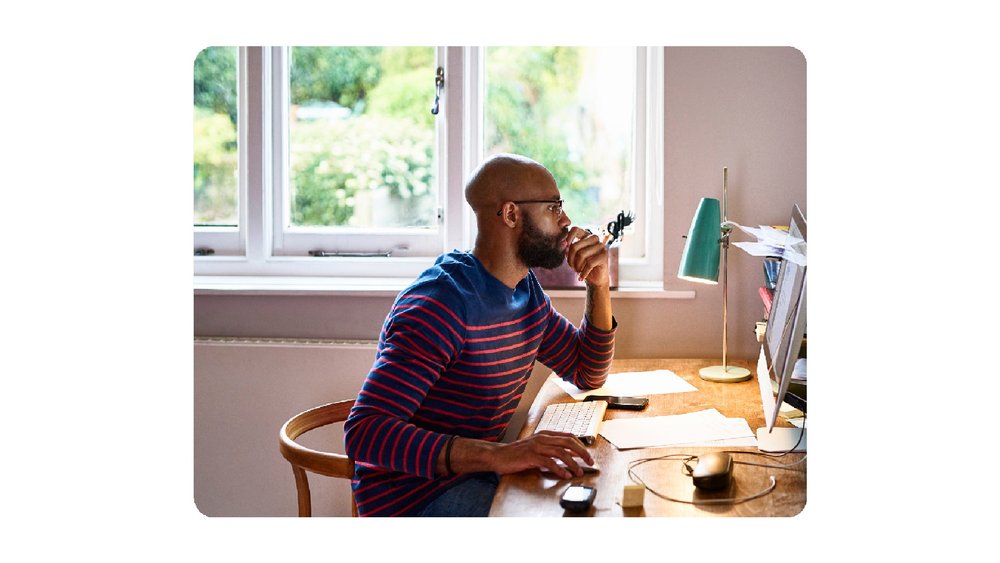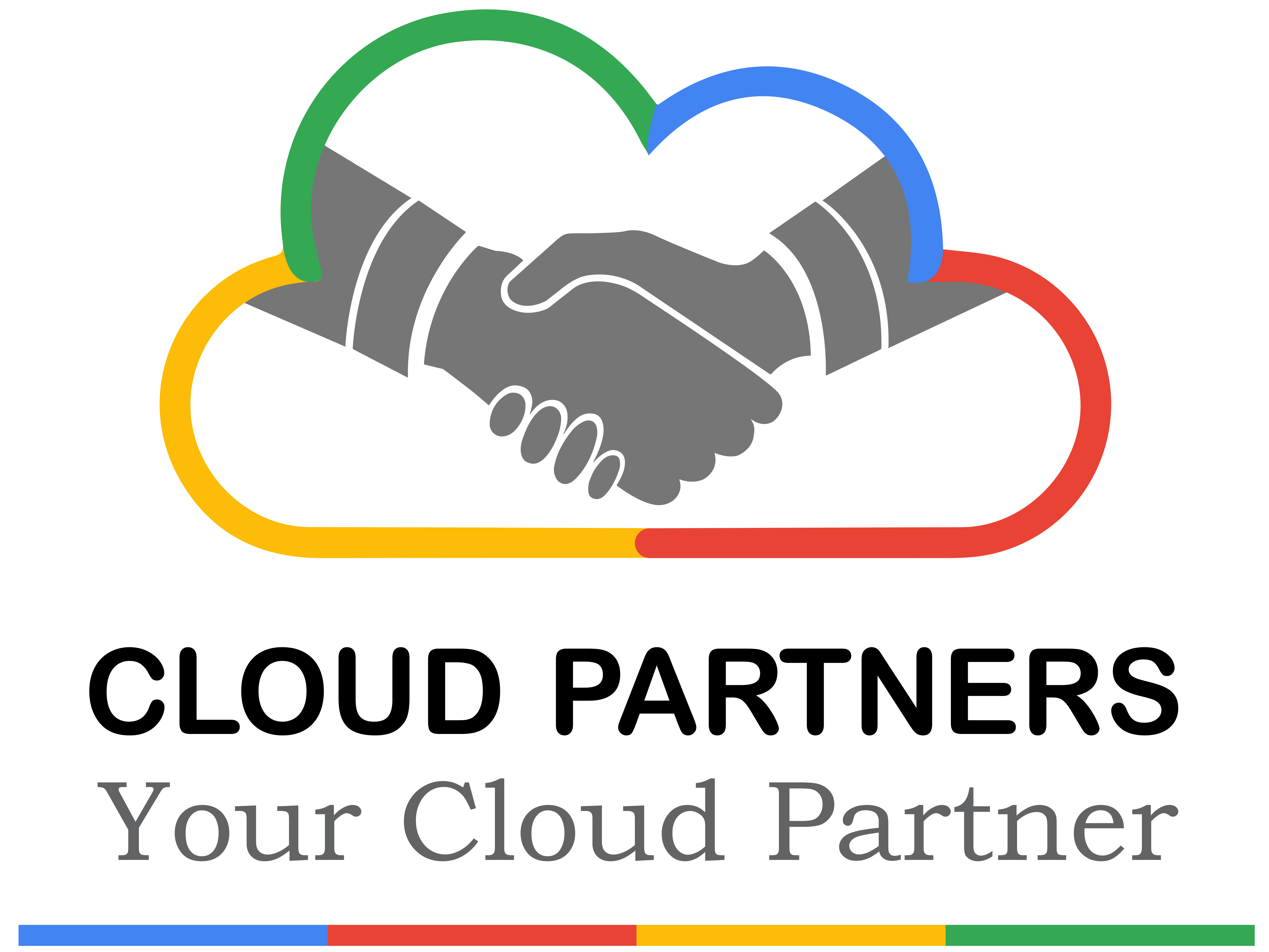
5 things I learned from Google’s productivity expert
I’ve primarily worked remotely for the better part of the last decade, but when the pandemic sent everyone else home from the office, I struggled. Even though I was extremely familiar with working from home, I wasn’t used to spending all my free time at home, too. Like people everywhere, staying productive when the home became the office, and the gym, and the dog daycare, and the everything else was challenging.
Fortunately, I knew there was someone who could help me. Laura Mae Martin is Google’s Executive Productivity Advisor, and over the years, she’s been offering Googlers advice on how to stay productive, even when our surroundings make it difficult. Her guidance has been an incredible resource — and now it’s available for everyone. “The Google Workspace guide to productivity and wellbeing” is a downloadable, free ebook that shares tons of Laura’s best tips and ideas for making the most of your time. As a bit of a preview, here are five things I learned from the guide that I’ve found most helpful:
1.Pinpointing my peak times: One tip from Laura is to figure out when you work best. “Make a list of the times throughout the day and week when you feel most energized and focused,” she writes. These are “peak times,” and likely when you’re going to be the most productive.
- 2.Don’t fight that Friday feeling: There’s a reason Friday afternoons can feel like they’re dragging on. In her guide, Laura advises that you don’t try to overplan the end of the week. “Fridays can be a great window for returning emails or planning the next week,” she says.
- 3.Check in even if you can’t respond: Getting through email is one of the most daunting tasks of any job, and everyone’s experienced the pile-up problem. One tip from Laura is to respond to emails that require your input within 24 hours — even if it’s just to say “I can’t get to this right now, but I will by the end of the week.”
- 4.Sometimes, less time is more: According to Parkinson’s Law, “work expands to the allotted time,” meaning if you put 30 minutes on the calendar for a meeting, you and your colleagues will feel like you have to use all of that time even if you’re done within 20 minutes. Laura’s advice: Put shorter amounts of time on the calendar.
- 5.Welcome the “whitespace”: We spend a lot of our time at work getting things done, or “closing loops” as Laura puts it. But it’s important to make time to just think and brainstorm, to come up with new ideas. One way you can make that happen is by putting blocks on your calendar for dedicated time to do exactly that.
That’s just a tiny sample of everything I learned from Laura. The guide has so many ways you can maximize your time at work (so you can maximize your time not at work) plus how you can use Google Workspace to put these ideas into practice. You can download it now.


0 comments